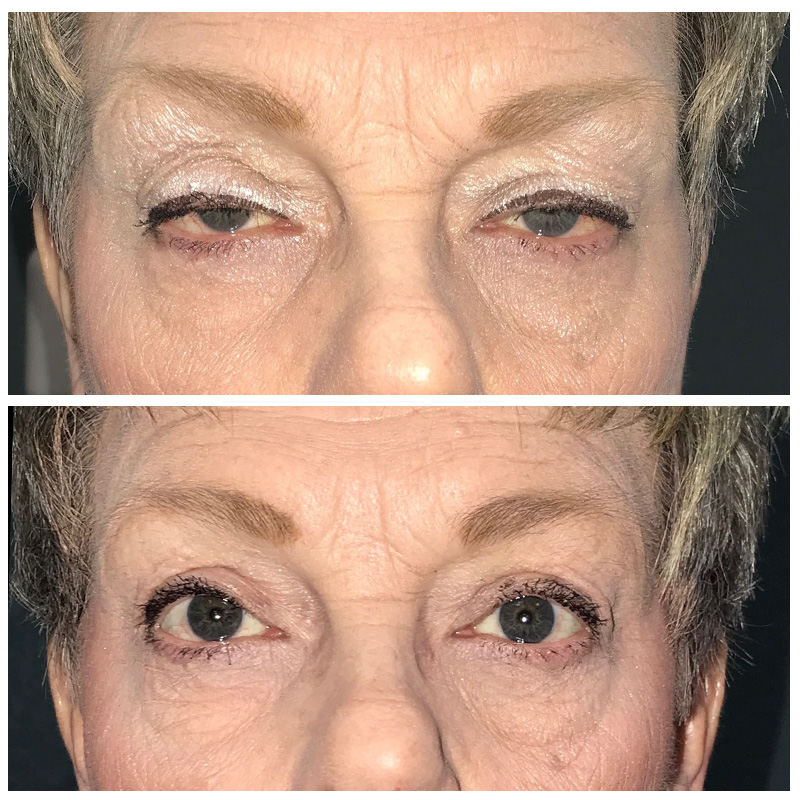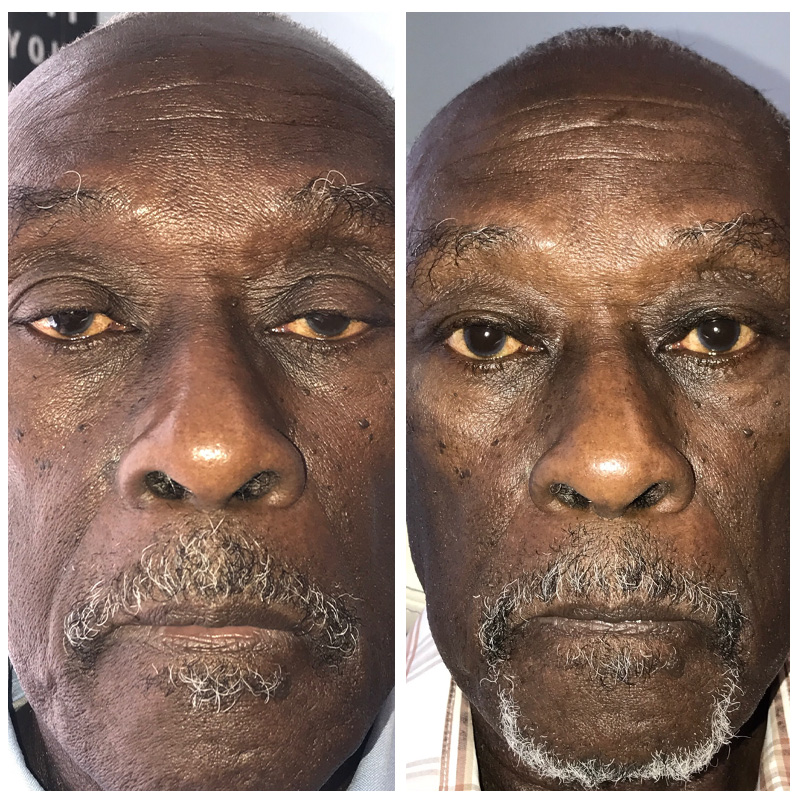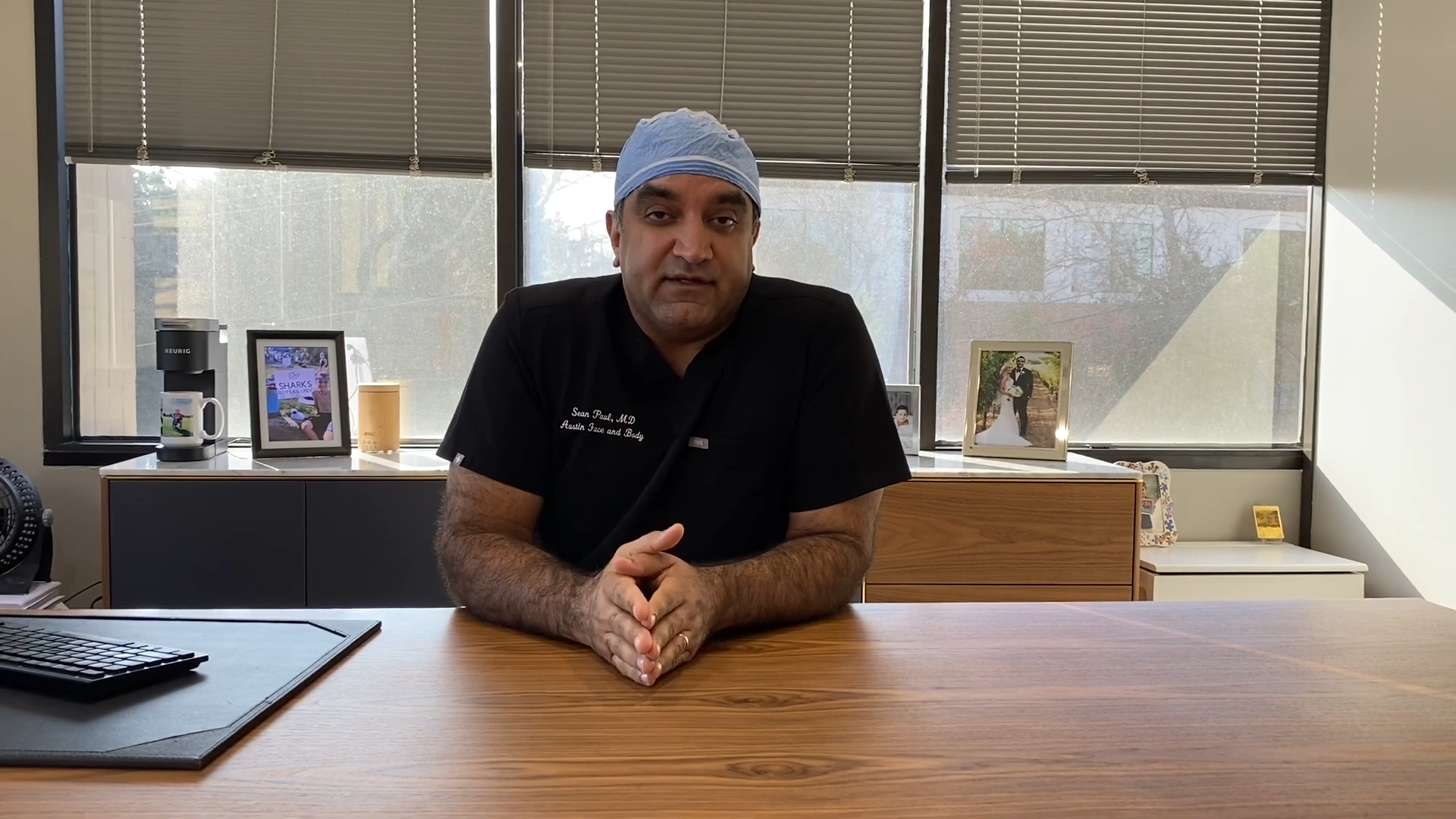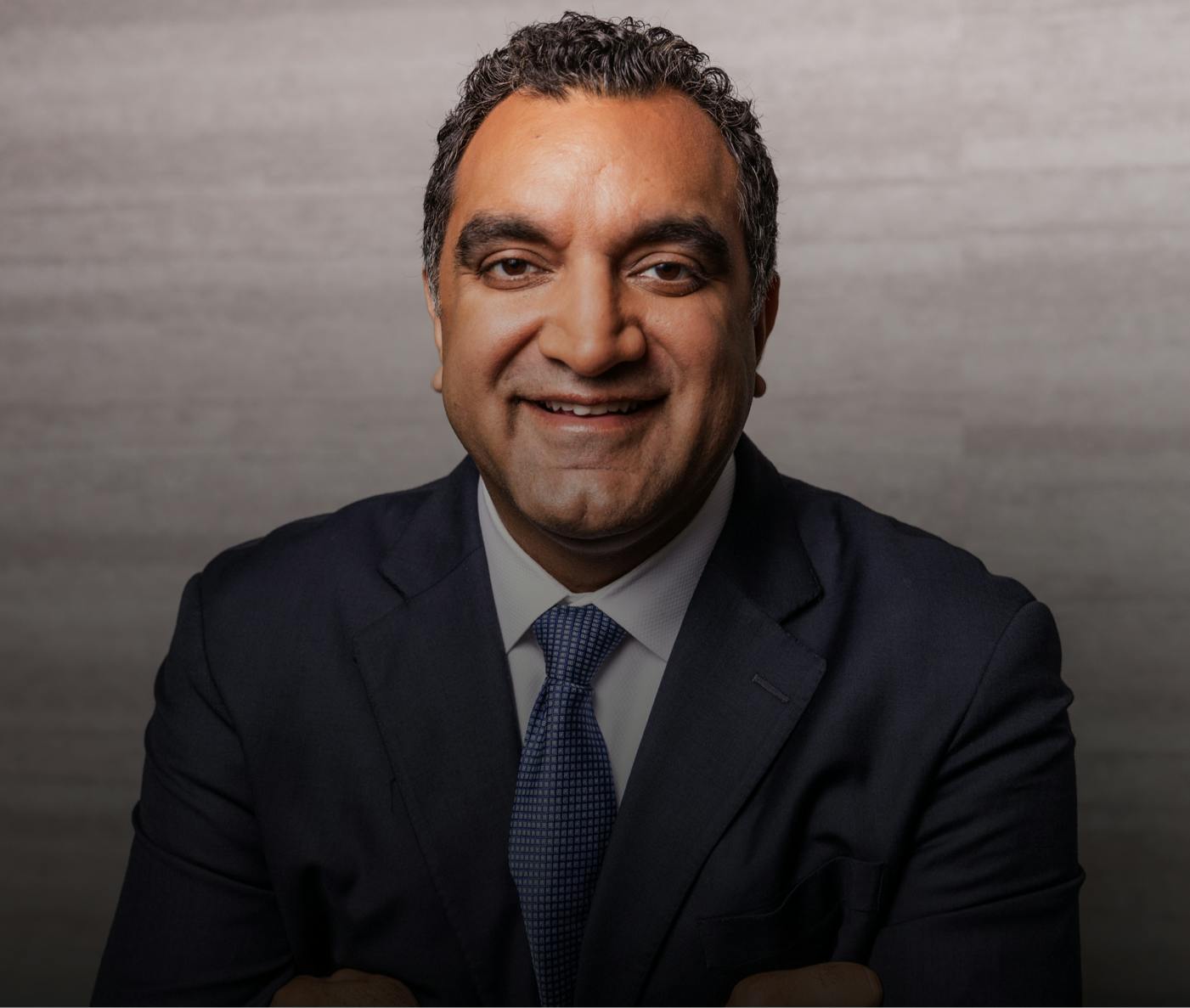Problems arising from ptosis
The problems that can result from ptosis are different for adults and children. In children, problems can include amblyopia (lazy eye), astigmatism (blurry vision), and crossed eyes if left untreated. In adults, the muscles that hold up our eyelids weaken and loosen as we age and can cause our eyelids to droop. This results in a tired, sleepy appearance and may also reduce peripheral vision. Some individuals experience brow or forehead aches and fatigue at the end of the day from constantly raising their brows to see.
Ptosis treatment and surgery
One of our skilled doctors will determine the cause of your ptosis, and will then be able to plan the best treatment. If treatment is necessary, it is usually surgical. Sometimes a small tuck in the lifting muscle and removal of excess eyelid skin (called blepharoplasty) can raise the lid sufficiently. More severe ptosis—when the levator muscle is extremely weak—requires re-attachment and strengthening of the levator muscle. The lid can be attached or suspended from under the eyebrow so that the forehead muscles can do the lifting.







